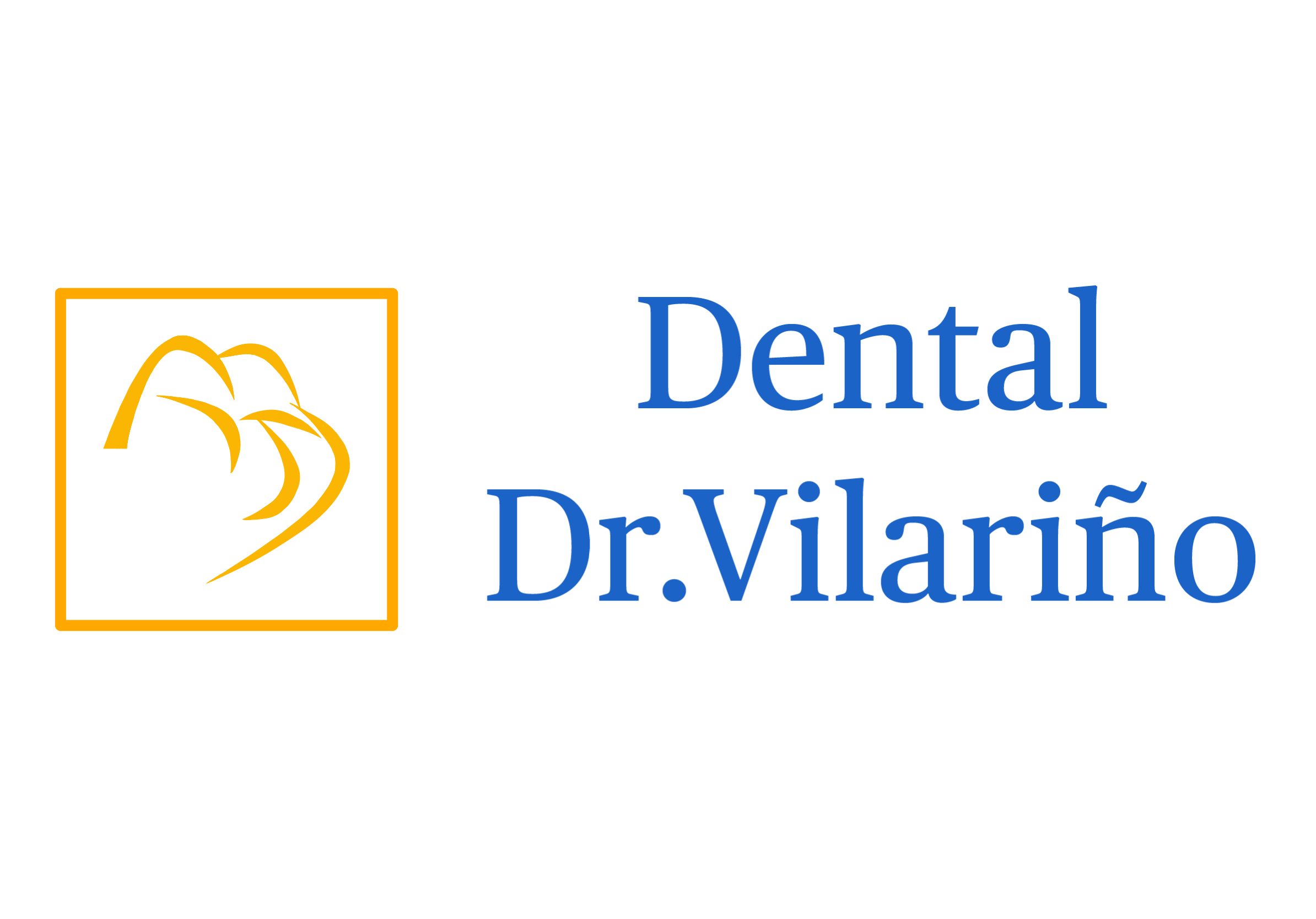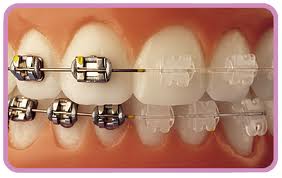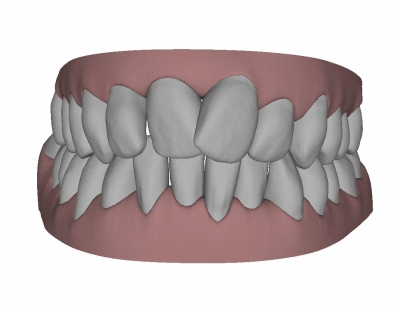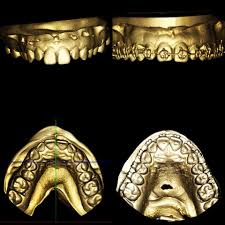Orthodontics
Good dental occlusion also represents good general health.
Correct dental alignment and occlusion promotes good chewing, contributes to facial aesthetics and brings us joint and postural benefits.
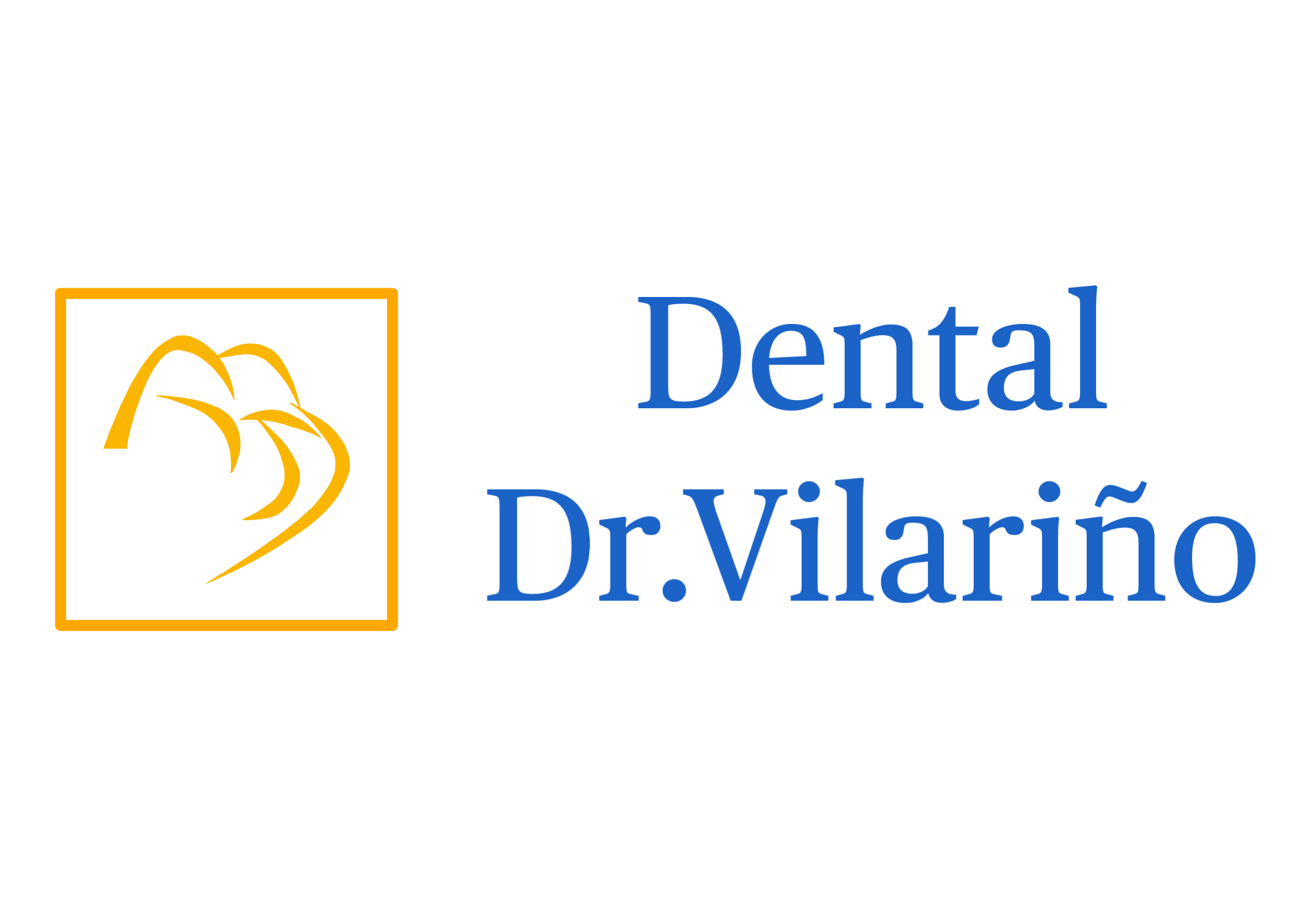
Spark and Invisaling certified invisible orthodontics clinic
Laser assisted orthodontics
Members of Scientific Societies
Awards and recognitions
Orthodontics in our clinics
ORTHODONTICS
Orthodontic treatment not only restores Dental Aesthetics but also contributes to correct occlusion of the teeth, this means that the patient not only enjoys a perfect smile, but also their speech, muscles and facial aesthetics are greatly improved.
Orthodontics has a regulatory factor in dental occlusion (gearing of the pieces together) and in the functions not only of chewing but also of the postural and muscular functions of the rest of the body, reorganizing the muscular tensions of both the head and neck and the rest of the body. of the body.
Pathologies such as snoring and Apneas, related to muscle and spinal tension that can cause dizziness, can be prevented.
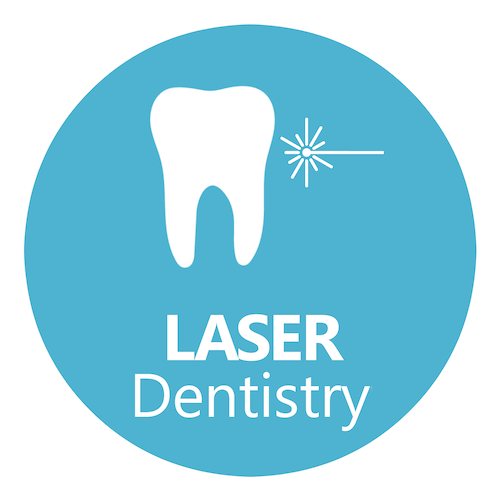
Invisible orthodontic splints
Another type of appliance, in addition to braces, that can be used during the active treatment phase, is the transparent aligners (“invisible technique” or Invisalign), which is the most aesthetic and comfortable appliance that exists today.
A drawback of this device is that it can only be used in patients who have completed the bone growth of their maxillary bones, so it is mainly intended for adolescent and adult patients, but not for child patients.
The transparent appliance of transparent splints is made up of thin transparent splints that fully adapt to the patient’s dental morphology, since they are custom-built for each patient. Each of these splints or aligners produces a small tooth movement, so that the succession of several splints or aligners complete the tooth movement necessary for orthodontic treatment.
Ideal for patients who demand high aesthetics during their treatment. They are the best option for our patients who do not want to have anything adhered to their teeth. Tooth movements are carried out through thin transparent splints that are changed throughout the treatment to achieve correct alignment of the teeth. It is the most modern and current option in orthodontics.
At the Vilariño Clinics we consider current aesthetic orthodontics as compatible with daily life through aesthetic braces or transparent splints. They are highly recommended in adult patients or those with a significant aesthetic commitment due to their social relationship.
Interceptive Orthodontics
For an early correction, INTERCEPTIVE ORTHODONTICS is performed during the baby teeth stage, with plates that the child takes out for hygiene and eating. This type of orthodontics, typical of early ages, during deciduous or baby teeth, has the function of intervening in early pathological processes, helping to solve pathologies that will worsen during eruption and permanent dentition.
Because they are carried out at these early ages of the child’s development, they are no less important and we must be attentive to these first signs of malposition, agenesis (lack of a piece), lack of space, retention of permanent teeth within the arch that do not have space to erupt and in general all eruptive pathologies.
Aesthetic brakets
Aesthetic braces can be made of various types of material: ceramic, porcelain or sapphire crystal, zirconium or plastic. In all cases, the material is completely anti-allergic. Ceramic and metal brackets have the advantage of being more stable in terms of their dimensions, since they suffer less deformation during treatment, while plastic ones can deform and reduce the quality and final detail of the treatment. In addition, plastic brackets can suffer undesirable staining throughout the treatment, so that their initial color turns yellowish.
The main advantage of aesthetic braces is their color. They are made of materials with a color similar to that of the tooth, so they go more unnoticed. However, the arches and some accessories used can be metallic.
Aesthetics is the only advantage of ceramic braces. The disadvantages of ceramic braces are the following:
- They are larger than metal ones, since it is necessary to give them a larger size to give resistance to a more fragile material (plastic or porcelain).
- When an aesthetic bracket comes off, it is necessary to cement a new bracket (the same bracket cannot be placed), which can increase the cost of the treatment.
- The treatment is slightly slower with aesthetic braces, which is because the friction established between the brackets and the archwires is less in the case of metal braces than in that of aesthetic braces.
Sapphire Ceramic Braces
Sapphire braces are the latest generation in terms of aesthetic braces. These braces are built with a special type of monocrystalline ceramic. This material provides the bracket with optimal aesthetics throughout the orthodontic treatment, in addition to providing them with great resistance and absence of clinking.
The main advantage of these sapphire brackets is the transparency of the material. Porcelain ceramic braces and zirconia braces have a white color, which closely resembles the color of the tooth; but each person has different shades of white in their teeth (even different shades in different teeth of the same patient), so that during treatment color variations between the shade of the tooth and the color of the brackets are seen. This problem is solved with sapphire-zirconia ceramic brackets, since being completely transparent they completely blend with the natural color of the tooth, providing patients with outstanding aesthetics.
Treatment with this type of brackets has the same characteristics as with a conventional porcelain bracket, with no differences in terms of the duration or quality of the treatment. The only difference is truly improved aesthetics throughout the entire orthodontic treatment.
Can I correct my teeth if I am already an adult?
Adult orthodontics is becoming more widespread, the results are greater and the health benefits are incalculable. They increase the adult’s self-esteem and help correct habits and pathologies.
Are agenesis inherited?
The permanent lack of teeth in our arch is not a generalized pathology, however there is a high rate of agenesis or lack of teeth in children who have had this process in a close relative.
We must be extremely careful if this process is observed in a close family member.
Is orthodontics with braces painful?
Brackets are tiny devices that are attached to the teeth and allow them to be aligned in the three axes of space. They are increasingly more elaborate, with rounded edges, whether made of metal, zirconium or another aesthetic material.
Although it is true due to its architecture and movements, it can be annoying in the first days, but this uncomfortable process does not last more than a couple of days.
When should I take my child for an orthodontic check-up?
Many orthodontic pathologies are diagnosed during routine check-ups and after eruptive follow-up of the pediatric patient. However, the father must be attentive to the eruption of the child’s teeth and if in doubt go as soon as possible.
What braces are better?
Currently this is an unrealistic concept, there is no great difference in movements or results, or even in comfort between the different types, although it is more a matter of aesthetics for the patient.
